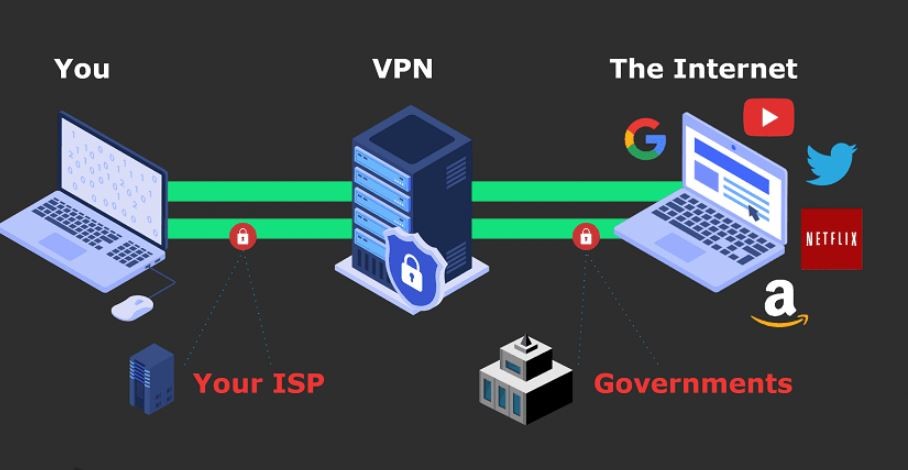Cyberattacks are becoming more sophisticated, and protecting your online accounts is more critical than ever. Hackers use various techniques like phishing, brute force attacks, and malware to gain access to your personal data. In this guide, you’ll learn the best security practices to safeguard your accounts from unauthorized access.
Step 1: Use Strong and Unique Passwords
A weak password is an open invitation to hackers. Make sure your passwords follow these guidelines:
✔ At least 12-16 characters long
✔ A mix of uppercase, lowercase, numbers, and symbols
✔ Avoid common words or personal details (e.g., names, birthdays)
✔ Use a unique password for each account
🔹 Best Practice: Use a password manager like Bitwarden, 1Password, or LastPass to generate and store strong passwords securely.
Step 2: Enable Two-Factor Authentication (2FA)
2FA adds an extra layer of security by requiring a second form of verification. Choose from:
✅ Authenticator apps (Google Authenticator, Authy)
✅ Security keys (YubiKey, Titan Key)
✅ SMS verification (Less secure but better than nothing)
Set up 2FA on all major accounts like Google, Facebook, Instagram, and financial platforms.
Step 3: Beware of Phishing Scams
Phishing is a common hacking method where attackers trick you into providing login credentials. Avoid phishing scams by:
🚫 Not clicking suspicious links in emails or messages
🚫 Verifying the sender’s email address before responding
🚫 Never sharing your password via email or chat
🔹 Best Practice: Use a password manager to autofill credentials and detect fake websites.
Step 4: Keep Your Devices and Software Updated
Outdated software contains security vulnerabilities that hackers exploit. Always:
✔ Update your operating system (Windows, macOS, Android, iOS)
✔ Update apps and browsers regularly
✔ Enable automatic updates when possible
Step 5: Monitor Your Accounts for Suspicious Activity
Most platforms allow you to track login attempts and recent activity. To stay safe:
🔹 Review your login history for unauthorized access
🔹 Enable account alerts to receive security notifications
🔹 Check “trusted devices” and remove any you don’t recognize
Step 6: Use a Secure Internet Connection
Public Wi-Fi networks can expose your data to hackers. Stay protected by:
✔ Using a VPN (Virtual Private Network) when on public networks
✔ Avoiding login attempts on untrusted devices
✔ Disabling automatic Wi-Fi connections to unknown networks

Step 7: Backup Your Important Data
Regularly backing up your data ensures you don’t lose critical information if your account is compromised.
✅ Use cloud storage with encryption (Google Drive, Dropbox, OneDrive)
✅ Keep offline backups on external drives
✅ Enable automatic backups for critical data
Final Thoughts
Cybersecurity is an ongoing process. By implementing these security measures, you can significantly reduce the risk of getting hacked. Stay vigilant, update your accounts regularly, and always use strong passwords and Two-Factor Authentication for maximum protection.